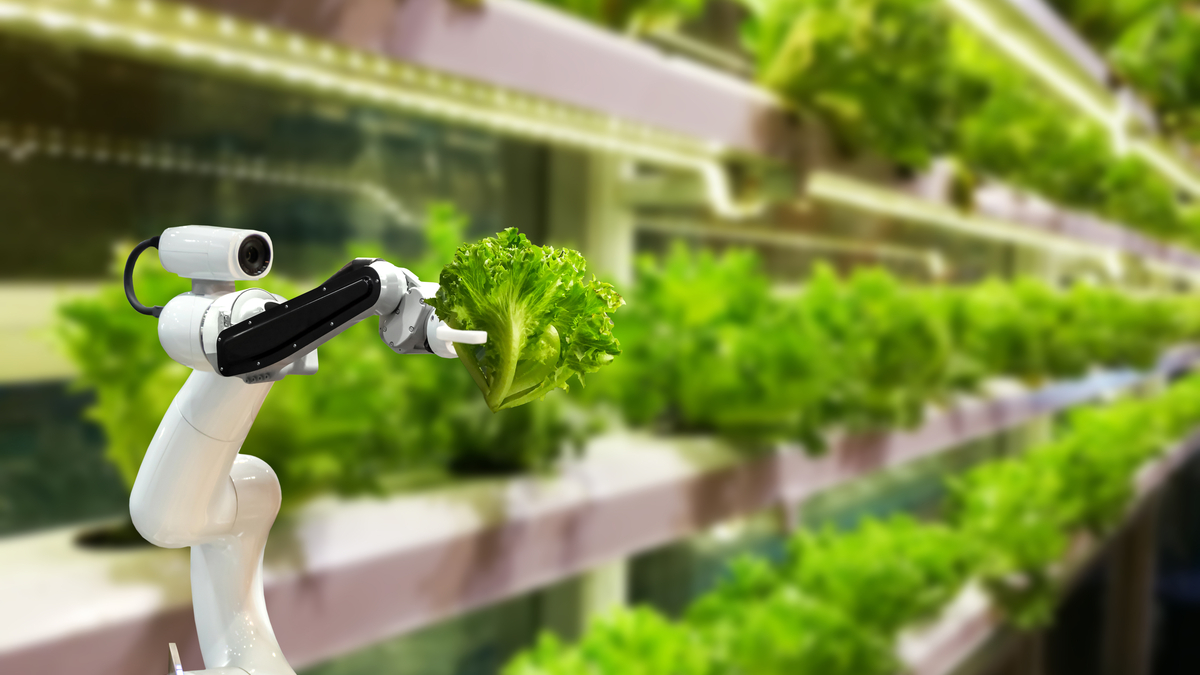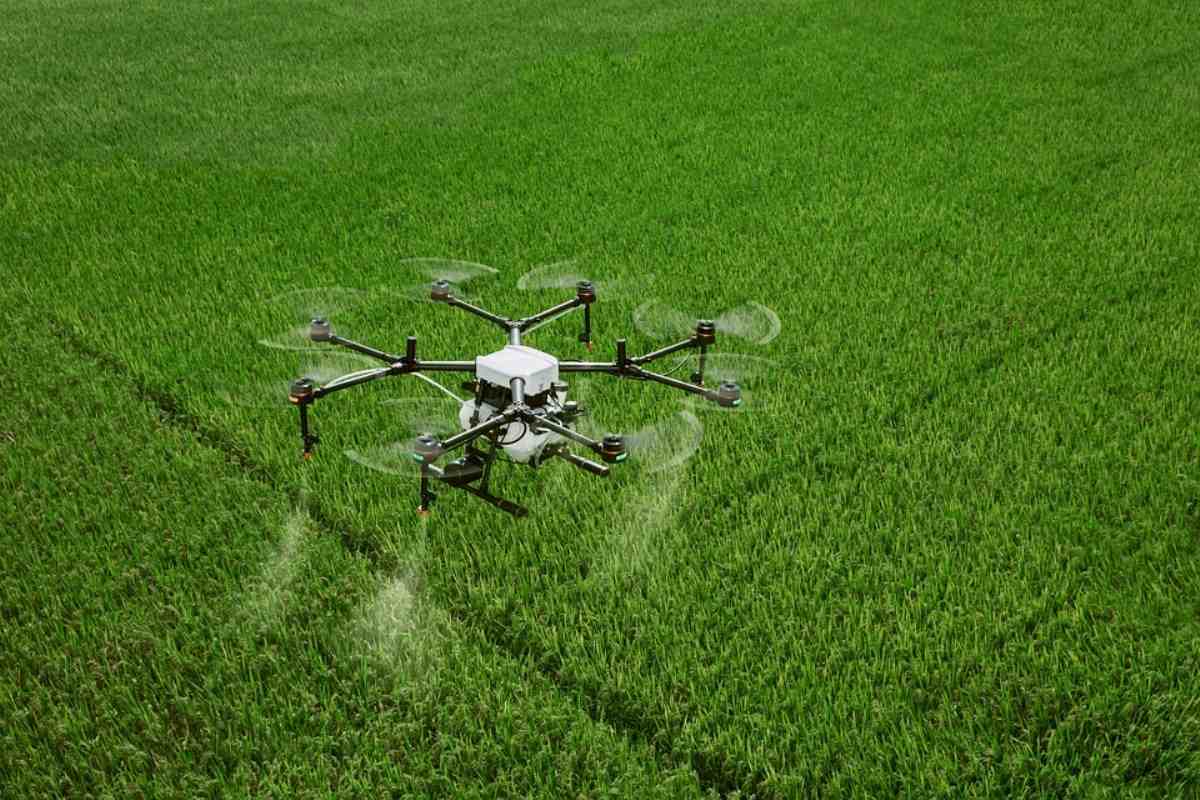Government Consults on Tech-Driven Crop Estimation Strategies 2023

Government Consults on Tech-Driven Crop Estimation Strategies 2023
In an era defined by technological advancements, the agriculture sector, often considered the backbone of many economies, has been striving to harness the power of technology to enhance crop production and management.
The Indian government has recently taken a significant step in this direction by initiating consultations on the utilization of technology for crop estimates.

This move aims to revolutionize the way crop data is collected, analyzed, and utilized, ultimately benefitting farmers, policymakers, and the entire agricultural ecosystem.
Accurate crop estimates are crucial for several reasons. They guide policy decisions, such as setting minimum support prices, allocation of resources, and planning for food security.
To improve the use of technology in creating agricultural yield estimation right after sowing season, the government has started a series of meetings with stakeholders. This comes after complaints about the accuracy of the agricultural ministry’s output estimations were made.
The ministry will concentrate on producing real-time crop output forecasts utilising satellite imagery and artificial intelligence (AI) based technologies in order to assist the government in anticipating supply conditions, particularly for cereals, pulses, and oilseeds.
Furthermore, they help farmers make informed choices about crop selection and marketing strategies. Historically, crop estimates have been generated through traditional methods like surveys and sampling, which are time-consuming and often prone to errors.

Technology has the potential to revolutionize the way crop estimates are generated. By leveraging innovations such as remote sensing, data analytics, and artificial intelligence (AI), it becomes possible to collect real-time data, analyze it accurately, and make timely predictions about crop yields. Here are some key aspects where technology can play a pivotal role:
- Satellites equipped with various sensors can capture images of agricultural fields, providing valuable insights into crop health, growth, and potential issues such as pest infestations or droughts.
- Big data analytics can process vast amounts of information, including weather data, historical yield records, and soil conditions, to make precise predictions about crop yields and potential challenges.
- AI algorithms can analyze complex datasets to identify patterns and correlations that might be missed by human analysts. This can lead to more accurate crop estimates.
- Mobile applications can enable farmers to report their crop conditions, helping authorities gather real-time data directly from the field.
- Utilizing blockchain technology can ensure the integrity and transparency of crop data, reducing the chances of manipulation or fraud.

The government has initiated consultations with various stakeholders, including farmers, scientists, technology experts, and policymakers, to gather input on how best to implement technology-driven crop estimation methods.
Pilot projects are being launched in select regions to test the feasibility and effectiveness of different technology solutions for crop estimation.
The government is collaborating with technology companies and research institutions to develop and deploy cutting-edge solutions for crop estimation.
Efforts are underway to train farmers and agricultural extension workers in using technology tools and apps for reporting crop data.
Technology-driven estimates are more accurate and reliable than traditional methods, reducing the margin of error in crop predictions.

Real-time data collection and analysis allow for faster decision-making and response to crop-related challenges.
Technology can streamline data collection and processing, reducing the cost associated with traditional survey methods.
Better crop estimates enable governments and farmers to plan for resources, such as seeds, fertilizers, and irrigation, more efficiently.
Advanced warning systems can help farmers prepare for adverse weather conditions or pest outbreaks.
Blockchain technology ensures transparency and prevents data manipulation, fostering trust among stakeholders.

The Indian government’s move to consult on the use of technology for crop estimates is a positive step toward modernizing agriculture and improving the livelihoods of farmers.
By harnessing the power of remote sensing, data analytics, AI, and other technological innovations, India can transform its agricultural landscape, ensuring food security and sustainable growth for the nation.

The consultations serve as a promising beginning for a more technologically advanced and data-driven agricultural sector in India, and the benefits will ripple throughout the economy and society.






